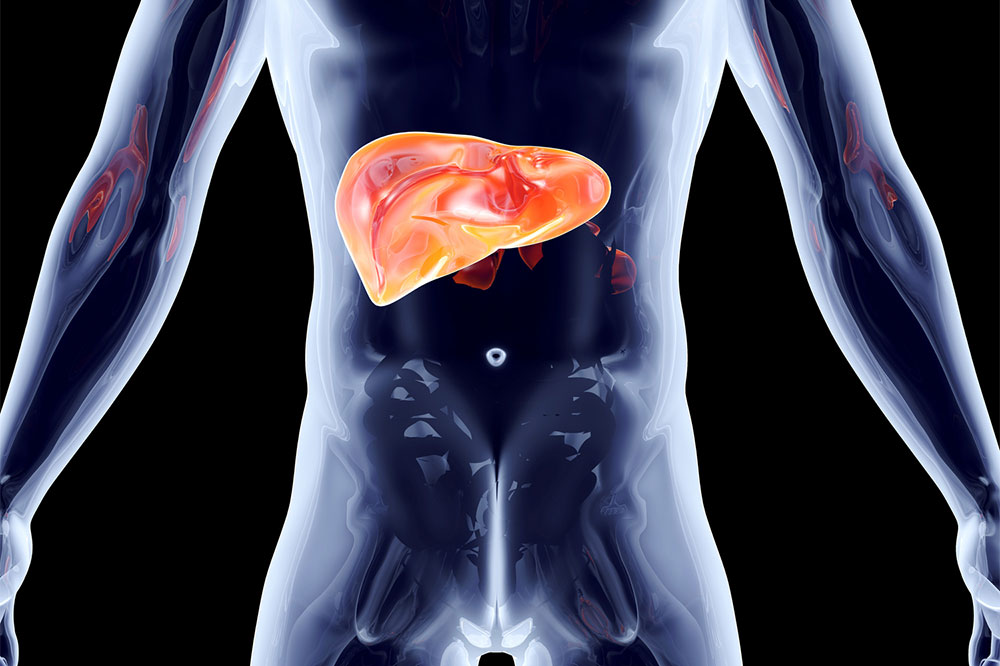5 signs of poor blood circulation to look out for

Poor blood circulation usually occurs when something interferes with the circulatory system, causing specific body parts to be deprived of blood, nutrients, and oxygen. Some problems that can lead to poor circulation include blockages in the blood vessels and a leaky heart valve that causes the blood to flow backward. In most cases, poor circulation affects people with diabetes, those aged 40 and above, and individuals with minimal physical activity.
Warning signs of poor blood circulation
If circulation problems are left untreated, it can lead to complications like nerve damage, strokes, heart attacks, and peripheral artery disease. Hence, individuals should identify issues in time and use the right treatment as recommended by a healthcare professional. Here are some warning signs of poor blood circulation to look out for:
Cracked or dry skin
Those experiencing problems with blood flow may develop cracked or dry skin. In most cases, the skin in the legs and feet is affected, as the lower body suffers the most from circulation issues and receives less blood, oxygen, and nutrients. Furthermore, when there is a lack of proper blood supply in the body, the skin cannot easily create new cells. This may lead to not only dry skin but also slower healing of wounds.
Tingling sensation in the hands and feet
When one puts constant pressure on a specific body part, like a hand or a feet, for a long time, it is normal to experience a tingling sensation in the area. It happens because the pressure prevents blood from flowing freely. However, some may experience this tingling sensation without any reason, which is a warning sign of poor blood circulation.
Cold hands and feet
If a person constantly has cold hands and feet, it could be a warning sign of poor blood circulation. When the extremities receive less blood, they turn cold, even while other body parts have a normal body temperature. In such cases, one can wear gloves and an extra pair of socks to ease the discomfort and keep the hands and feet warm.
Changes in skin color
Due to poor blood circulation, one may notice specific changes in the skin of their hands. This includes the affected areas turning blueish in color due to a lack of oxygen. The problem is called cyanosis and can also result from other health conditions like diabetes.
Wounds that heal slowly
For wounds to heal, the injury site must receive a continuous supply of blood enriched with nutrients, oxygen, and white blood cells. Since poor circulation causes less blood to reach the wound, the healing process takes longer. If one experiences this warning sign, they must consult a healthcare professional at the earliest as the longer it takes for the wound to heal, the more prone it becomes to infections and other complications.
Besides keeping an eye out for the warning signs mentioned above, one should eat healthy foods, exercise, manage stress levels, and wear compression gloves or stockings to improve blood circulation and avoid associated complications.






